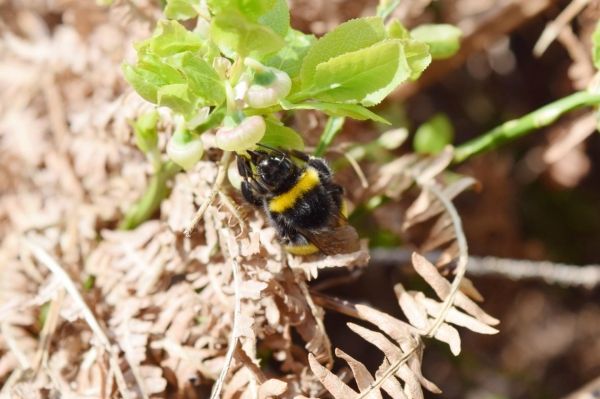How many tree species are there in the forest? How are the trees scattered throughout? How high are the individual tree crowns? Are there fallen trees or hollowed-out tree trunks? Forest scientists characterize forests according to structural factors. "Structural richness is very important for biodiversity in forests. But forests used for forestry are generally poor in terms of structure," says Tristan Eckerter from the Chair of Nature Conservation and Landscape Ecology at the University of Freiburg. Therefore, together with research teams from the Chair of Silviculture and the Black Forest National Park, he investigated whether structures such as standing timber in forests help to promote the diversity of wild bees. In addition, the researchers analyzed which other natural features of the spruce-dominated forest help wild bees survive. They found that creating deadwood in coniferous forests is a promising restoration measure to promote the abundance of aboveground nesting bees. The scientists recently published their findings in the journal Forest Ecology and Management.
Restauration experiment aims to strengthen biodiversity
As part of this long-term restoration experiment, structural richness was artificially created in 2016 on several sample plots in the Black Forest National Park. Researchers felled and uprooted 20 spruce trees per plot, creating deadwood and small gaps in six 50 by 50 meter plots. Six other plots were left in their natural state as a control group. “The restoration measures have increased what we call the structural complexity of the forest stands. That is, these plots provide a more diverse, varied habitat. We would not have thought to have found so many different wild bees as a result,” explains Eckerter.
Read more at: University of Freiburg
Bright wooded areas encourage the growth of blueberries on whose nectar wild bees like to feed. (Photo Credit: Tristan Eckerter)


